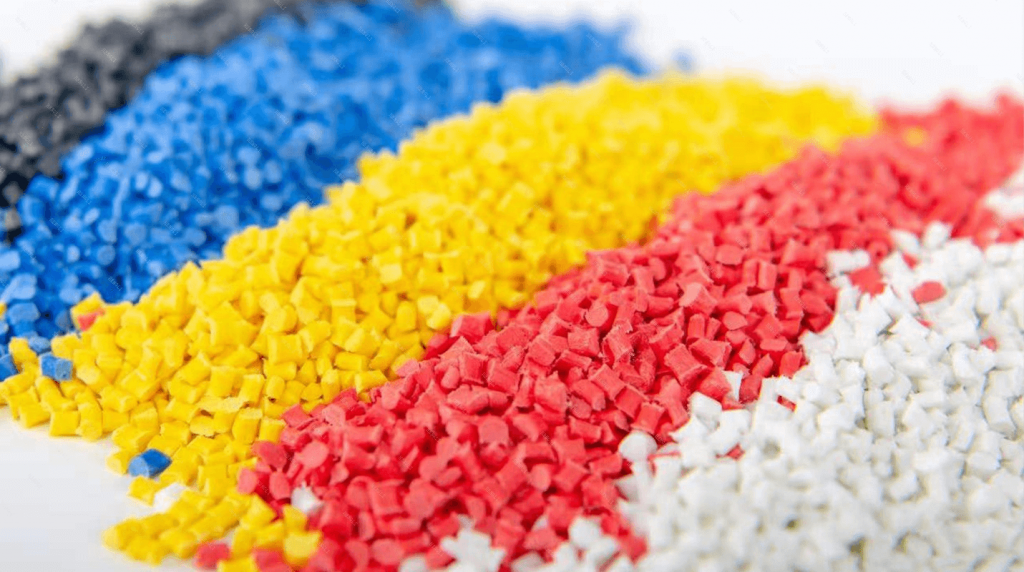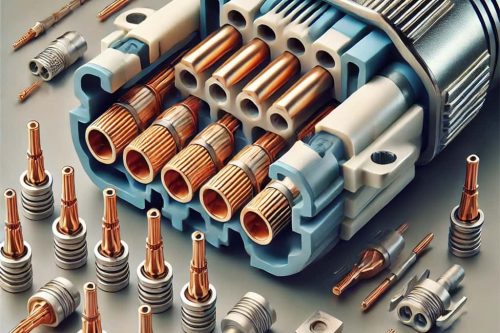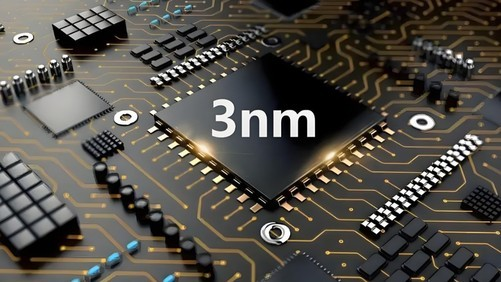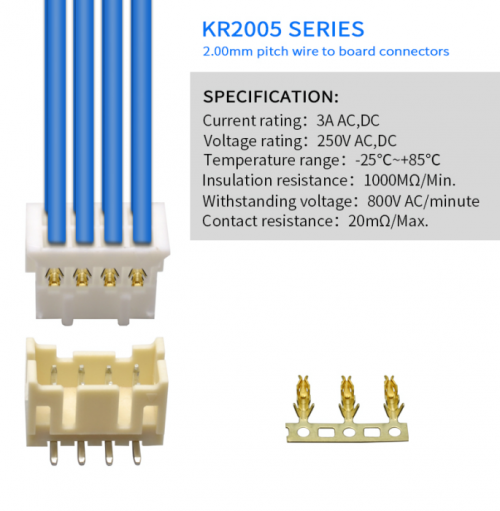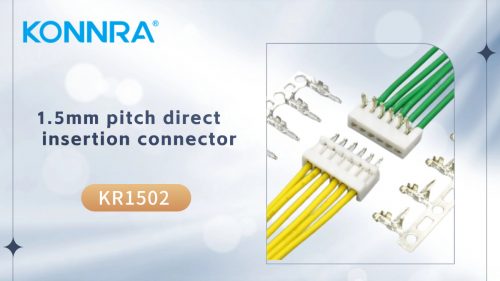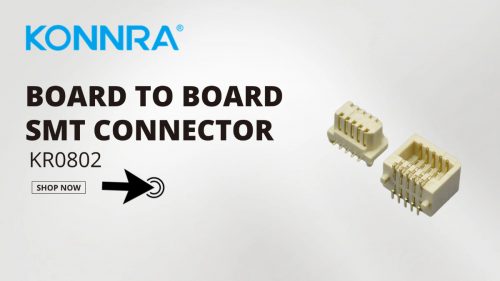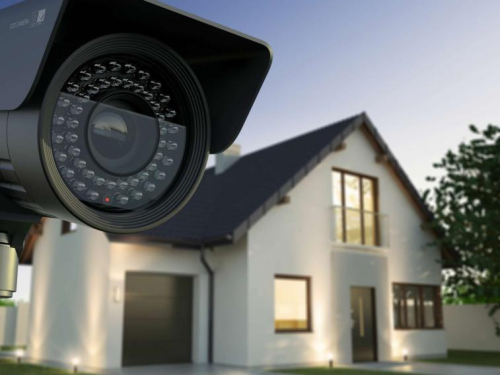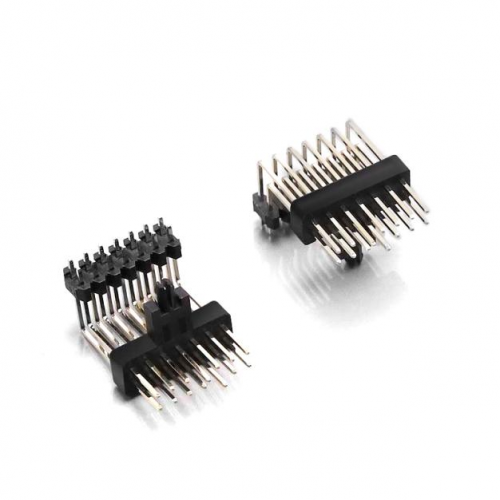Connectors refer to components used to connect electronic signals and power. As the main material for connectors, the resin quality of the connector directly affects the performance and service life of the product. Currently commonly used connector materials include PPE, PPS, PET, PA, PBT, etc.
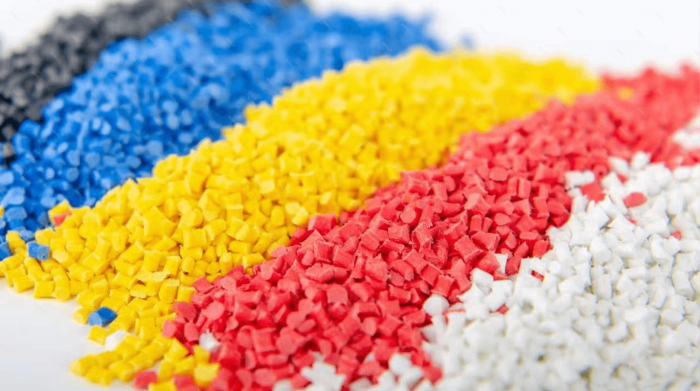
- Reinforced PPE flame retardant material
Features: Halogen-free, high flow, dimensional stability.
Applications: relay boxes, connectors, coil bobbins, switching relays, integrated circuit board brackets.
- Glass fiber reinforced PPS material
Features: high rigidity, high impact resistance, high heat resistance, high mechanical properties, high CTI.
Applications: Motor connectors, switches, DVD laser heads, coil bobbins.
- Reinforced PET flame retardant material
Features: Excellent flame retardancy (halogenated & halogen-free), high RTI, easy to color.
Application: Transformer skeleton, connectors, switches and other electronic and electrical components.
- Flame retardant PA material
Features: UL94-V0, high electrical insulation.
Applications: plugs, connectors, terminals, motors, capacitor switches, short-circuit switches, etc.
- Flame retardant PBT material
Features: Glass fiber reinforced, flame retardant V0, GWIT: 750℃, GWFI: 960℃.
Applications: Connectors, cooling fans, sockets, TV parts, coil shafts, switches, etc.
Konnra is a leader among Chinese connector manufacturers with professional and mature production technology. You only need to put forward your final application requirements and budget, and Konnra can provide a complete one-stop solution to assist your product research and development.
Using the right connector for the right application is critical. It plays an important role not only in safety but also in PCB and product manufacturing to produce efficient and cost-effective products. Therefore, manufacturers create a variety of unique electronic connectors designed to fit the application or product. But some connectors are so versatile that you can see them in almost all the electronics we use every day. So, in this article, we will take you through what connectors are commonly used and what are their applications.
Pin headers are mainly used for printed circuit boards. These connectors are very cheap and widely available. Commonly found in development boards, breakout boards, sensor modules, etc. Using it, we can insert any PCB module and remove it at any time. Connector pins are primarily used in low-voltage DC circuits in power and data lines.
The header adopts through-hole DIP, surface mount or SMD devices.
Available in two types – male and female.
It comes in different pitch sizes, the most common being 2.54 mils or 0.1 inches.
Pin headers usually come in long strips with multiple pins that can be easily broken off to the correct number of pins.
Konnra Connector:
Very similar to pin headers in terms of usability, Konnra connectors are used to connect two different boards or modules. This connector is also used for power and data transmission.
This also includes male and female versions, where usually the male connector is on the PCB and the female connector as well as extension cables are connected to the peripherals that must be connected to the PCB. In this case, ribbon cables are often used.
It is enclosed by a plastic casing that protects its terminals from bending from any external pressure
This plastic housing also features a locking mechanism TPA that prevents the connector from disconnecting, making it easily adaptable to devices with mechanical parts.
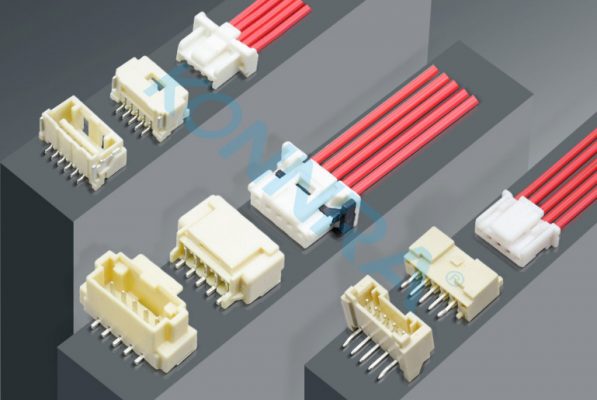
Screw terminals:
Screw terminals are also a type of connector primarily used to power PCBs. This connector can easily handle high currents and voltages, making it a good power connector for AC and DC applications. The screws here connect the wires to this connector, hence the name.
The 2-pin variant is the most common, while you’ll also find 4P, 6P, and 8P in the board.
The actual metal terminals are wrapped in plastic to prevent short circuits or other shock hazards.
Bushing Connector:
A ferrule connector is a power connector primarily used with DC power supplies, especially wall adapters. Available in different diameters, male and female connectors should be sized to match. This connector is known for its user-friendliness because of its tip and sleeve settings that prevent user misuse.
It comes in PCB mount and non-PCB mount variants.
Its cylindrical coaxial shape has been specifically chosen to prevent accidental reverse connections
The connector’s sleeve is usually connected to the negative terminal of the power supply, or ground. The tip is connected to the positive terminal of the power supply.
These are commonly used power connectors. Comes in different shapes, sizes, and are usually insulated. Often used in industrial applications to control the panel’s ability to withstand mechanical strain. Among all connectors, ring, fork, spade and butthead type connectors are very famous.
The wires for these connectors are often soldered, crimped, or welded to create a strong connection
These connectors come in different thicknesses, and their maximum current carrying capacity depends on their size and the type of metal used.
Flat flexible connector:
Light weight and flexibility are two important features of this connector. Most commonly found in mobile phones, laptops, cameras, monitors, and other modern gadgets that require bending of cables and use in limited spaces.
This type of connector has a flat conductive material on a flexible cable
It is a minimized form of ordinary ribbon cable and is used in high-density electronic applications.
The cable ends will have extra thickness to make insertion easier and provide strain relief.
IDC connectors or insulation displacement connectors are very common in situations where multiple parallel connections in a circuit board need to be connected. Typically used to transfer data between boards. Most commonly found in network and signal connectors, LCDs, etc.
Made using some sharp blades forced through the ribbon cable.
Although IDC technology was originally designed to connect only single-strand conductors, it was eventually expanded to multi-strand wires to save some installation space.
Also features a locking mechanism to prevent the cable from moving or disconnecting from the circuit board.
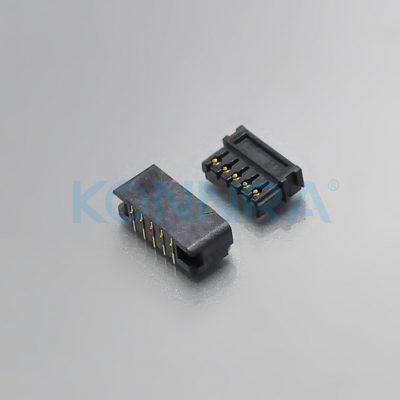
RF connector:
RF connectors are a special type of coaxial connector designed for use in high-frequency radio applications. Applications include TV signal receivers and WiFi antennas and provide higher signal quality.
This type of connector uses multiple wires wrapped around a core to act as a shield.
Its coaxial design reduces signal interference and power loss.
Audio and video connectors:
There are several types of audio and video connectors available, let’s take a quick look at the very common ones.
USB or Universal Serial Bus is a standard protocol used for data transfer and power connectors. Most commonly found in cell phones, computers, and other peripherals.
3 generations of product evolution, USB1.x, USB2.0 and USB3.x
Standard USB always consists of VCC, GND, DIN and DOUT ports
Typically operates within the 5v voltage range
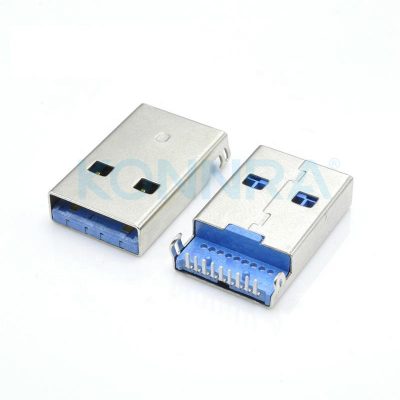
USB type:
Type A connector
Type B connector
Type C connector
Type A – consumer electronic devices such as smartphones and computers.
Type-B – Printer and your old Arduino UNO.
Type-C is the latest version of this series. It is more powerful, capable of transmitting data at high speeds and delivering maximum power.
